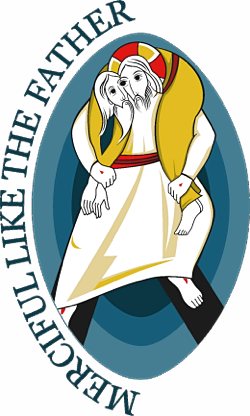 What’s a holy year?
What’s a holy year?
A holy year as a time of spiritual renewal has its biblical roots in the jubilees observed by the Jewish people at 50-year intervals, when debts were pardoned and slaves were freed.
For the Catholic Church, a holy year remains a time of great spiritual significance, and emphasis is placed on the examination of conscience and conversion, the forgiveness of sins, reconciliation, concrete acts of solidarity and initiatives to restore justice.
Why is it also a jubilee?
The term “jubilee” comes from the Hebrew word “yobel,” meaning a ram’s horn, which was used to make the trumpet that signaled the beginning of this time of forgiveness. The jubilee is called a holy year because it aims to encourage holiness, strengthen faith in Christ and inspire greater communion within the Church and society.
What’s the background?
The first Holy Year was proclaimed by Pope Boniface VIII in 1300, when thousands of Christians from throughout Europe came on pilgrimage to Rome. Among those who journeyed to the Eternal City for the first celebration was the Italian poet Dante Alighieri, who is commonly said to have found the inspiration for his “Divine Comedy” during that pilgrimage.
In the 15th century, Pope Paul II set a 25-year timetable for holy years, which has been the norm since, in order to allow each generation the possibility of experiencing at least one holy year.
What are indulgences?
As a way to stress the importance of forgiveness and renewing one’s relationship with God, plenary indulgences are offered during holy years. An indulgence — that is, the remission of temporal punishment for sins — is customarily granted to those who make a pilgrimage to Rome and fulfill certain other conditions: reception of the sacraments of penance and the Eucharist, visits and prayers for the intention of the pope and performing simple acts such as visiting the sick and other works of mercy.
Those who do not make a pilgrimage to Rome can gain the same indulgence by receiving penance and the Eucharist and praying for the pope during a visit or a community celebration in a church designated by the local bishop. In the Archdiocese of St. Paul and Minneapolis, the Cathedral of St. Paul in St. Paul and the Basilica of St. Mary in Minneapolis have been designated as churches where the holy year indulgence is available.
How often do these come around?
In addition to an “ordinary” holy year set at 25-year intervals, occasionally a special jubilee — such as the Jubilee Year of Mercy — is proclaimed to mark some outstanding event. The custom of these so-called “extraordinary” jubilees began in the 16th century, and they can vary in length from a few days to a year.
There have been 26 “ordinary” holy years so far, the last one being the Great Jubilee of the Year 2000. There were no jubilee celebrations in 1800 and 1850 because of political turmoil at the time.
Prior to this year, there have been two extraordinary jubilees in the last century: 1933, proclaimed by Pope Pius XI to mark the 1,900th anniversary of Christ’s redemption, and 1983, proclaimed by St. John Paul II to mark 1,950 years since the redemption.
— Adapted from a Catholic News Service story



